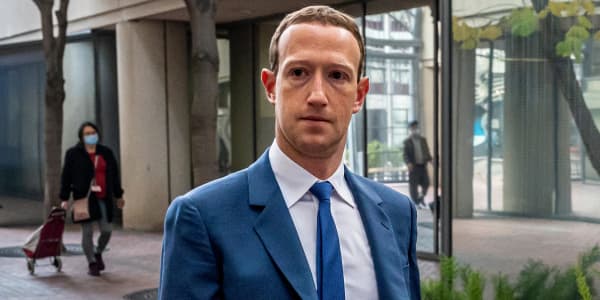Netflix plans to spend more than $8 billion this year on more than 700 original shows, but how will subscribers keep track of it all? One new idea the streaming video giant has been experimenting with is ads promoting its original content. It's an experiment that could backfire.
Netflix could lose a significant chunk of its subscribers if ads become part of its business model, according to a new study.
Almost one-quarter (23 percent) of consumers say they would drop their subscription if the streaming service included ads, according to a study conducted by Hub Entertainment Research. Less than half (41 percent) said they would definitely or probably keep Netflix even with ads.
The study found that if Netflix offered a lower subscription price to offset ads, it might retain some subscribers who would otherwise leave the streaming service. If rates were lowered by $3 per month while including ads, the percentage who said they would cancel drops from 23 percent to 16 percent, while 50 percent said they would likely stay subscribed.
Hub surveyed 1,612 TV consumers aged 16 to 74 who watch at least one hour of TV per week for its "The Future of Monetization" study.
It is hard to change a service once consumers have gotten used to it
The Netflix experiment with ads captured headlines and social media attention in August after a trial in the U.K., but the company says it conducts "hundreds of tests" every year to put more content in front of subscribers and in an attempt to make browsing more efficient. It called the latest test "surfacing recommendations between episodes."
After backlash on social media, Netflix clarified in a statement to Cord Cutters News that viewers could skip these video previews.
The Hub survey actually was conducted before the most recent Netflix test as part of its look at how streaming media companies can evolve business models in the future.
"What people say they will do in the future and what they actually do are often very different," said Jon Giegengack, principal at Hub. "So the exact percentage that said they would drop it is less important than the overall finding that even though Netflix invested so much money into its original programming, the fact that it's ad-free is a key part of its value proposition to people. It's almost part of Netflix's identity to consumers."
The Hub study also examined the response to hypothetical price increases for the current ad-free Netflix experience. The vast majority of subscribers said they would keep Netflix if the price increased by $2 per month, with 8 percent saying they would cancel. If the price increased by $5, however, 23 percent said they would consider dropping the service.
Hulu had advertisements from the beginning and Netflix has always been ad-free. People always feel it more if you take away something that has been there and they're accustomed to.Jon Giegengackprincipal at Hub Entertainment Research
A recent Deloitte study found that 55 percent of American households subscribe to a video streaming service, up from 49 percent last year. As the cord-cutting trend continues, competition for customers grows in the increasingly crowded market, especially with Disney preparing to enter the streaming space with its own service.
After hitting a record stock price in early July, Netflix has seen its stock price pressured since its last earnings report that showed a stall in U.S. subscriber growth. It added half the number of domestic subscribers as estimated by analysts in the most recent quarter, and had a much smaller miss of subscriber expectations overseas.
Hulu, one of the Netflix's biggest rivals, offers a "limited" commercial subscription that can be upgraded to an ad-free tier. Hulu's CEO Randy Freer recently poked fun at the amount of money being spent by Netflix on original content, telling CNBC, "I think money is a relative term. I think it's how you spend that is really important. We are not going to make 800 shows next year, we'll probably make 20 or 25."
Amazon's Prime Video, available as part of the company's Prime membership or as a separate subscription, runs commercials for its own programming. Alphabet's YouTube Premium, formerly YouTube Red, provides an ad-free experience for both YouTube's original programming and other videos.
When Hub asked about interest in a hypothetical new subscription service to replace or add to current services, 48 percent of respondents said a no-ads feature would make it a lot more appealing — it was the most of any feature asked about.
For services such as the longstanding free version of YouTube, ads are largely unavoidable. But if Netflix permanently implements commercials for its already paying subscribers, the consequences for the streaming giant could be significant.
"Hulu had advertisements from the beginning and Netflix has always been ad-free," Giegengack said. "People always feel it more if you take away something that has been there and they're accustomed to."
Disclosure: Comcast is the owner of NBCUniversal, parent company of CNBC and CNBC.com. Comcast is also a co-owner of Hulu.




